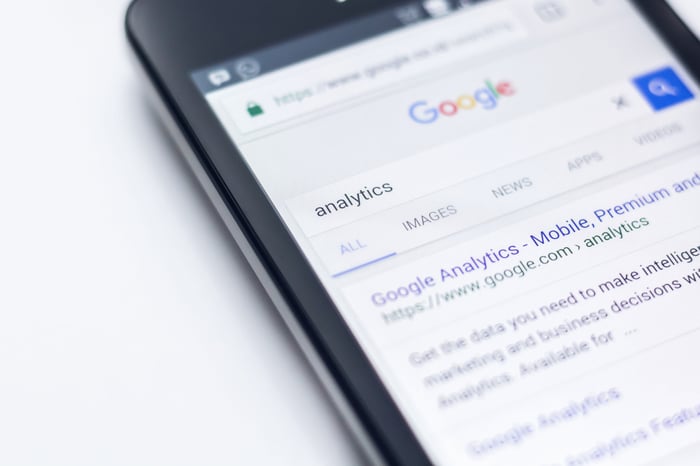Google Shopping is a brilliant platform for getting your products in front of interested consumers. Having your ads show up at the top of the most used search engine has many benefits, and can help you target shoppers who will be the most likely to purchase from you. That said, the platform may not be the best start for all retailers.
Learn all about Google Shopping and how it works here
If you’re a smaller retailer with fewer resources at your disposal, then managing a Shopping channel may come with more hurdles. Time is required if you are manually bidding on keywords, or you would need to pay for an expert to manage this process for you.
We have more information available regarding Google Shopping management here.
Smaller and newer retailers also often lack an existing customer base who are interested in their products. By utilising social media platforms, you can grow your reach and help promote your brand to more people. This helps to drive searches for your products, so in the future, Google Shopping can be a viable option.
Enlisting the help of an influencer on social media can be a great way of expanding your customer base. You use their already existing social following, which as a smaller retailer you may lack, helping you increase your online reach.
If your products are very niche then you may struggle to show up on the Shopping carousel, or find there’s enough search volume to make it a profitable platform. People may not be searching for your products on Google, so looking towards other marketplaces such as Etsy may be a more productive option.
Knowing and understanding where your target demographic shops and frequents online is crucial: You need to know which channels are going to be the most beneficial for you. Different product types will be more popular on different platforms, so identifying this can really improve your digital marketing efforts.
Alongside this, not all product categories are supported on Google Shopping, making it difficult for niche businesses to find traction on the platform.

Depending on your target consumer, there are other platforms available for you to use to promote your products.
Retailers just starting out who don’t have resources for a website yet can experience benefits from the Amazon Marketplace. This service doesn’t require a dedicated website, helping you to start building up your revenue to then later reinvest in both a website and potentially Google Shopping further down the line.
Other PPC platforms are available, such as Bing Product Ads and the eBay Commerce Network. These could be beneficial avenues for your brand until you have the resources to invest in a Google Shopping channel.
If you have built up your volume of products and have found a niche that’s not too under-searched, it may be time to consider using Google Shopping.
Having a base of loyal customers built through social media can lead to more searches coming through for your products, meaning that a Shopping channel could be profitable for you.
Download our 2021 Google Shopping Playbook for fashion retailers.
Having the money to invest in an expert to help manage your Shopping experience will give the best results. Manual management in-house takes time, whereas an expert team can bid on high-performing SKUs to bring in the most potential customers, leaving you precious time to focus on other aspects of your business.
Read our guide to different Google Shopping management approaches available here.
At Bidnamic, we offer machine learning with a human touch via our excellent Customer Success team. We can take responsibility for your Google Shopping management and help put you in the best possible bidding position for your products - book a demo with us today.

